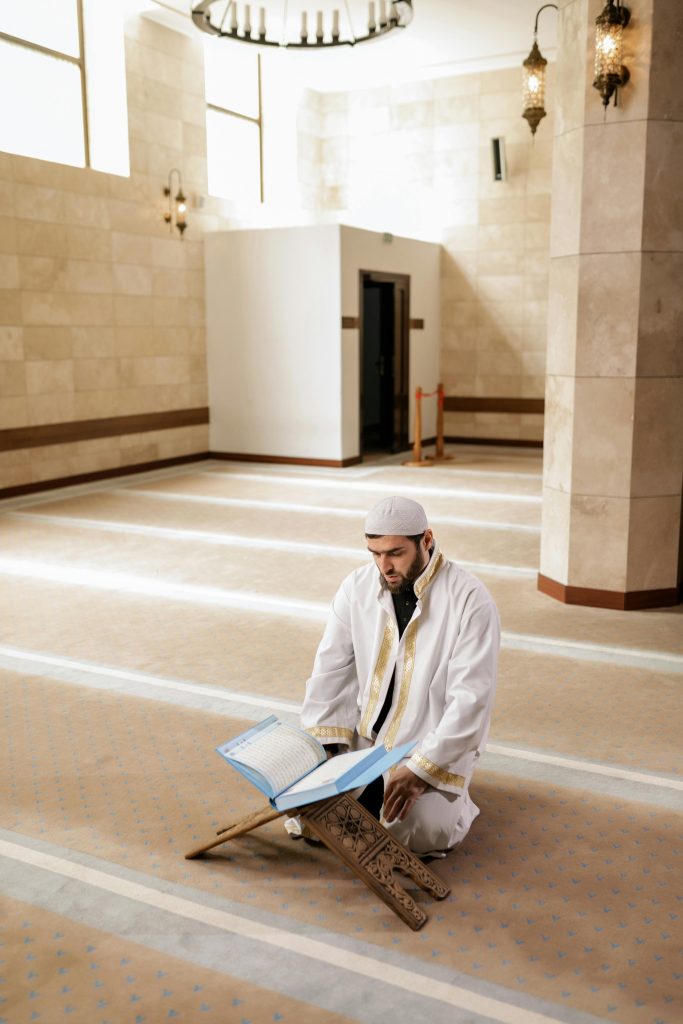Islamic geometric patterns have long been admired for their beauty, intricacy, and harmony. These patterns, which often adorn mosques, palaces, and other architectural masterpieces, are more than just decorative elements. They are a reflection of the divine order and an expression of the Islamic belief in the unity and interconnectedness of all things.
The Origins of Islamic Geometric Patterns:
Islamic geometric patterns can be traced back to the early days of Islamic civilization, with influences from various cultures, including the Byzantine, Persian, and Roman empires. The patterns evolved and became more complex over time, reflecting the advancements in mathematics and geometry made by Islamic scholars.
The Basic Principles of Islamic Geometric Patterns:
At the heart of Islamic geometric patterns are a few basic principles, including repetition, symmetry, and tessellation. The patterns often begin with a simple shape, such as a square or a circle, which is then repeated and combined with other shapes to create intricate designs. The use of symmetry and tessellation helps to create a sense of harmony and balance in the patterns.
Famous Examples of Islamic Geometric Patterns:
Islamic geometric patterns can be found in many famous architectural masterpieces, such as the Alhambra in Granada, Spain, the Great Mosque of Cordoba in Spain, and the Selimiye Mosque in Edirne, Turkey. These patterns adorn various surfaces, including walls, ceilings, floors, and even intricate tilework.
The Symbolism and Significance of Islamic Geometric Patterns:
Islamic geometric patterns are more than just an aesthetic choice; they hold deep spiritual and philosophical significance. The patterns are often seen as a visual representation of the infinite nature of God, repetition and intricate interlocking shapes symbolizing the interconnectedness of all creation. Additionally, the use of geometric patterns in Islamic art reflects the Islamic emphasis on the importance of knowledge, particularly in the fields of mathematics and geometry.








